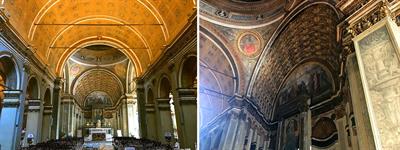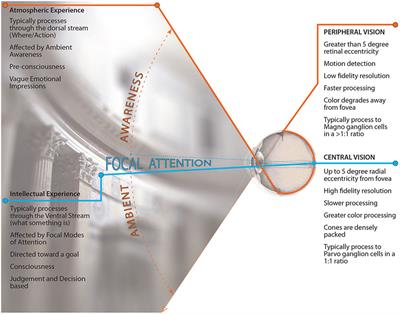ORIGINAL RESEARCH
Published on 10 Apr 2018
The Architectonic Experience of Body and Space in Augmented Interiors

doi 10.3389/fpsyg.2018.00375
- 19,640 views
- 5 citations
40k
Total downloads
263k
Total views and downloads
ORIGINAL RESEARCH
Published on 10 Apr 2018

HYPOTHESIS AND THEORY
Published on 16 Mar 2017

PERSPECTIVE
Published on 25 Oct 2016

REVIEW
Published on 30 Aug 2016

ORIGINAL RESEARCH
Published on 05 Jul 2016

ORIGINAL RESEARCH
Published on 27 Jun 2016

PERSPECTIVE
Published on 09 Jun 2016

CORRECTION
Published on 19 May 2016
REVIEW
Published on 21 Apr 2016

HYPOTHESIS AND THEORY
Published on 31 Mar 2016

HYPOTHESIS AND THEORY
Published on 23 Feb 2016

ORIGINAL RESEARCH
Published on 11 Feb 2016
